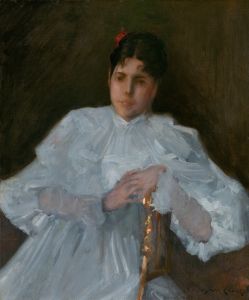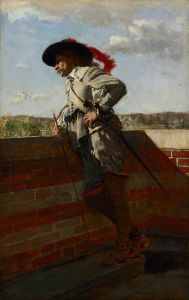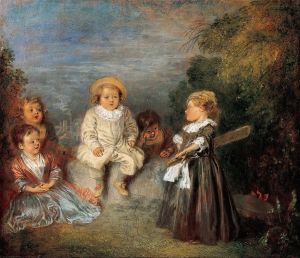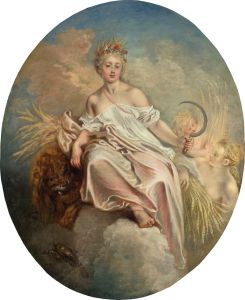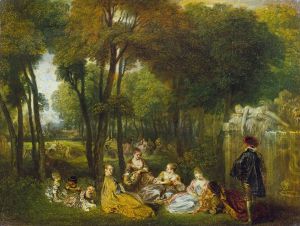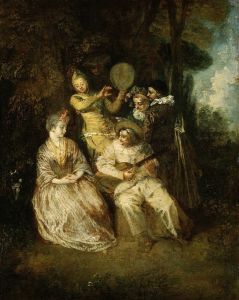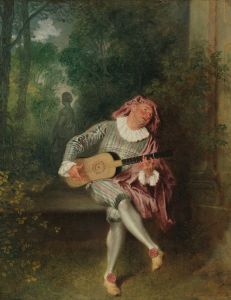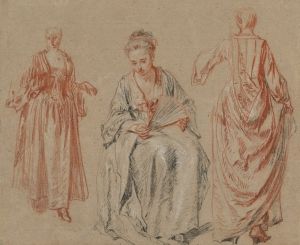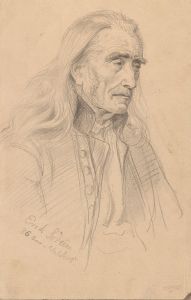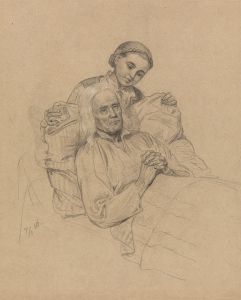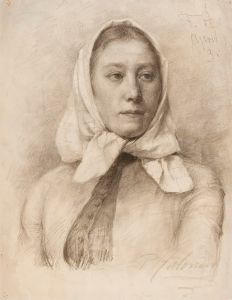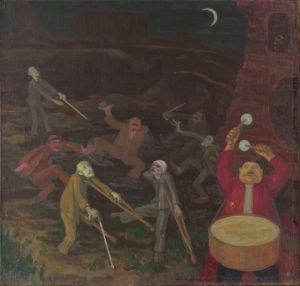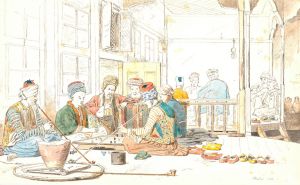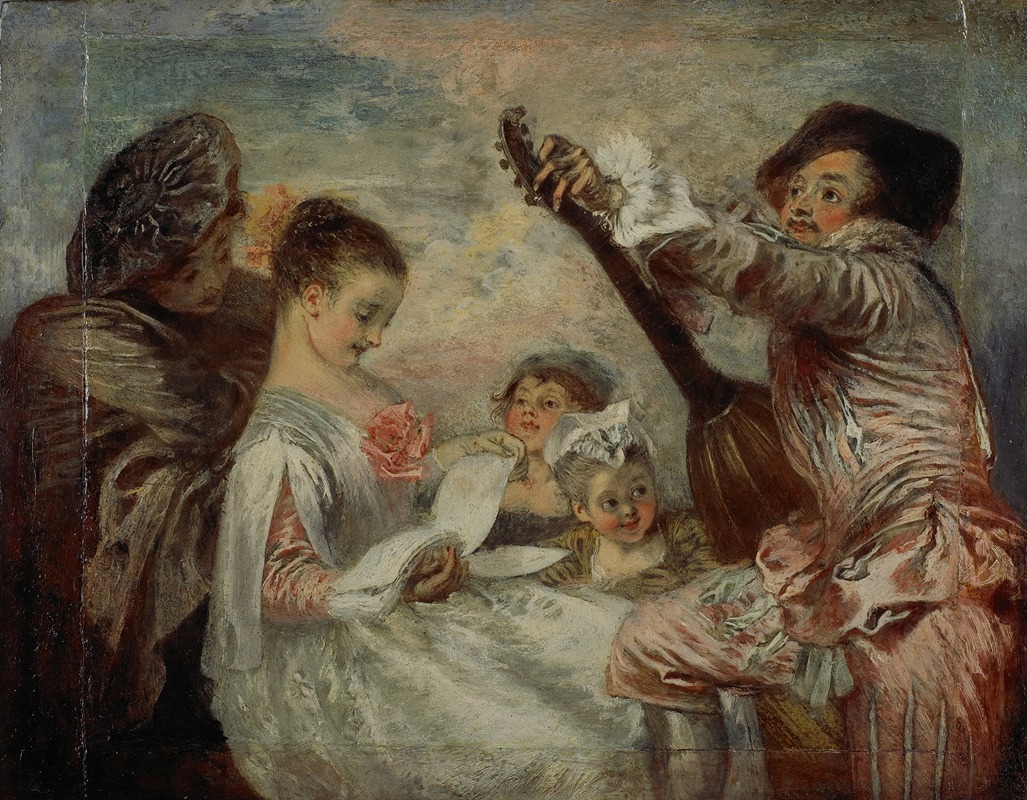
Pour nous prouver que cette belle
A hand-painted replica of Jean-Antoine Watteau’s masterpiece Pour nous prouver que cette belle, meticulously crafted by professional artists to capture the true essence of the original. Each piece is created with museum-quality canvas and rare mineral pigments, carefully painted by experienced artists with delicate brushstrokes and rich, layered colors to perfectly recreate the texture of the original artwork. Unlike machine-printed reproductions, this hand-painted version brings the painting to life, infused with the artist’s emotions and skill in every stroke. Whether for personal collection or home decoration, it instantly elevates the artistic atmosphere of any space.
Jean-Antoine Watteau was a prominent French painter whose works are often associated with the Rococo style, characterized by its lightness, elegance, and use of vibrant colors. However, there is no known painting by Watteau titled "Pour nous prouver que cette belle." It is possible that there might be a misunderstanding or misattribution regarding the title or the artist. Watteau's oeuvre primarily includes fêtes galantes, which are scenes depicting elegantly dressed figures engaging in amorous or festive activities in idyllic outdoor settings.
Watteau's most famous works include "Pilgrimage to Cythera" and "The Embarkation for Cythera," both of which exemplify his skill in capturing the playful and romantic spirit of the Rococo era. His paintings often explore themes of love, music, and theater, reflecting the cultural milieu of early 18th-century France. Watteau's style is noted for its delicate brushwork, subtle color palette, and the dreamlike quality of his compositions.
Born in 1684 in Valenciennes, Watteau moved to Paris, where he developed his unique style, influenced by both Flemish and Italian masters. He was admitted to the Royal Academy of Painting and Sculpture in 1717, where he presented "Pilgrimage to Cythera" as his reception piece. This work is often regarded as a masterpiece of the Rococo period, showcasing Watteau's ability to blend reality with fantasy.
Watteau's contribution to art extends beyond his paintings; he also played a significant role in the development of the Rococo style, which became highly influential in European art and design. His work inspired a generation of artists who followed, including François Boucher and Jean-Honoré Fragonard.
Despite his relatively short life—he died at the age of 36 in 1721—Watteau left a lasting impact on the art world. His innovative approach to composition and his ability to convey emotion and movement in his figures set him apart from his contemporaries. Watteau's legacy is preserved in numerous museums around the world, where his works continue to be celebrated for their beauty and artistic significance.
If there is a specific painting or artwork you are referring to, it may be helpful to verify the title or provide additional context to ensure accurate information. As it stands, there is no record of a painting by Watteau with the title "Pour nous prouver que cette belle."





